Grow Tomatoes Indoors? Absolutely! Imagine plucking a sun-ripened, juicy tomato right from your own indoor garden, even in the dead of winter. Sounds like a dream, right? Well, it’s a dream within reach! For centuries, humans have cultivated plants indoors, from the hanging gardens of Babylon to the orangeries of European royalty. But you don’t need to be a king or queen to enjoy the taste of homegrown tomatoes year-round.
In today’s fast-paced world, access to fresh, healthy produce is more important than ever. Store-bought tomatoes often lack the vibrant flavor and nutritional value of homegrown varieties. Plus, let’s be honest, there’s something incredibly satisfying about nurturing a plant from seed to fruit. That’s where this DIY guide comes in. I’m going to share some simple, yet effective, tricks and hacks to help you successfully grow tomatoes indoors, regardless of your experience level.
Whether you’re a seasoned gardener looking to extend your growing season or a complete beginner eager to try your hand at indoor gardening, this article is packed with practical tips and step-by-step instructions. Get ready to transform your living space into a thriving indoor tomato garden and enjoy the delicious rewards of your labor!
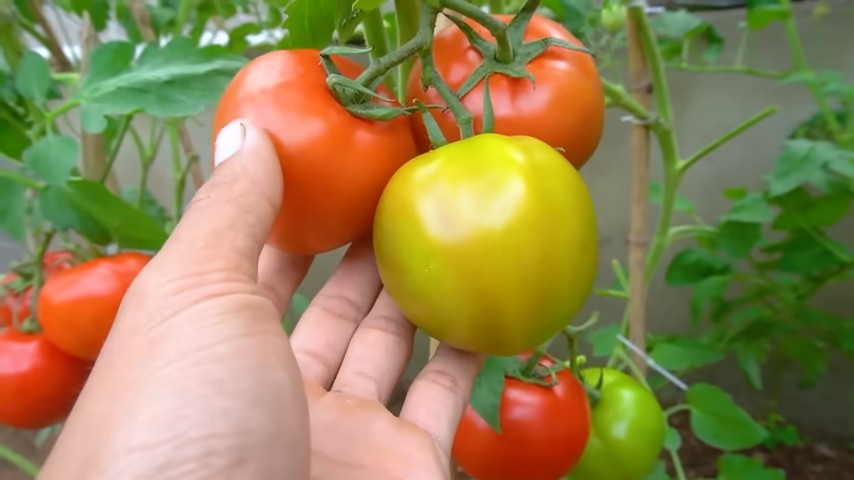
Growing Tomatoes Indoors: A Comprehensive DIY Guide
Hey there, fellow gardening enthusiasts! Dreaming of juicy, sun-ripened tomatoes even when the weather outside is frightful? Well, you’re in the right place! I’m going to walk you through everything you need to know to successfully grow tomatoes indoors, from seed to delicious harvest. It might seem daunting, but trust me, with a little patience and the right setup, you can enjoy homegrown tomatoes year-round.
Choosing the Right Tomato Variety
Not all tomato varieties are created equal, especially when it comes to indoor growing. You’ll want to select determinate or dwarf varieties that are naturally compact and don’t require excessive space. Indeterminate varieties, while prolific, tend to grow very tall and sprawling, making them less suitable for indoor environments.
Here are some excellent choices for indoor tomato growing:
* Tiny Tim: As the name suggests, these are super compact and perfect for small spaces. They produce small, cherry-sized tomatoes.
* Roma: A classic paste tomato, Roma plants are relatively compact and produce a good yield.
* Patio: Bred specifically for container gardening, Patio tomatoes are known for their disease resistance and manageable size.
* Micro Tom: The smallest tomato variety available, Micro Toms are truly miniature and can even be grown on a windowsill.
* Balcony: Another great option for containers, Balcony tomatoes are productive and easy to care for.
Gathering Your Supplies
Before we dive into the planting process, let’s make sure you have everything you need. This will save you time and frustration later on.
Here’s a comprehensive list:
* Tomato seeds: Choose your desired variety from the list above.
* Seed starting trays or small pots: These will be used to germinate your seeds.
* Seed starting mix: This is a lightweight, sterile soil mix that’s ideal for seedlings.
* Larger pots (5-10 gallon): These will be the final homes for your tomato plants.
* Potting mix: A well-draining potting mix is crucial for healthy tomato growth. Avoid using garden soil, as it can compact and harbor diseases.
* Grow lights: Tomatoes need a lot of light, so invest in a good set of grow lights. LED grow lights are energy-efficient and provide the right spectrum for plant growth.
* Fertilizer: A balanced fertilizer specifically formulated for tomatoes will provide the necessary nutrients.
* Watering can or spray bottle: For gentle watering.
* Small fan: To provide air circulation and prevent fungal diseases.
* Tomato cages or stakes: To support the plants as they grow.
* Pruning shears or scissors: For trimming and pruning.
* Optional: Heat mat: To speed up germination.
* Optional: Timer: To automate your grow lights.
Starting Your Tomato Seeds
This is where the magic begins! Starting your seeds indoors gives you a head start on the growing season and allows you to control the environment.
1. Prepare your seed starting trays: Fill each cell of your seed starting tray with seed starting mix. Gently tamp it down to remove any air pockets.
2. Sow the seeds: Place 2-3 tomato seeds in each cell, about ¼ inch deep.
3. Cover the seeds: Lightly cover the seeds with more seed starting mix.
4. Water gently: Use a spray bottle to mist the soil until it’s evenly moist. Avoid overwatering, as this can lead to damping off (a fungal disease that kills seedlings).
5. Provide warmth: Place the seed starting tray on a heat mat (optional) or in a warm location. The ideal temperature for germination is between 70-80°F (21-27°C).
6. Cover with a humidity dome: This will help retain moisture and create a humid environment that’s conducive to germination. If you don’t have a humidity dome, you can cover the tray with plastic wrap.
7. Wait for germination: Tomato seeds typically germinate within 5-10 days. Keep the soil moist but not soggy during this time.
8. Remove the humidity dome: Once the seedlings emerge, remove the humidity dome to prevent fungal diseases.
9. Provide light: Place the seedlings under grow lights. Position the lights a few inches above the seedlings and adjust as they grow. Provide 14-16 hours of light per day.
Transplanting Your Seedlings
Once your seedlings have developed their first set of true leaves (the leaves that appear after the initial seed leaves), it’s time to transplant them into larger pots.
1. Prepare your larger pots: Fill your 5-10 gallon pots with potting mix.
2. Gently remove the seedlings: Carefully remove the seedlings from the seed starting tray, being careful not to damage the roots. You can use a small spoon or fork to help loosen the soil.
3. Plant the seedlings: Dig a hole in the center of each pot and place the seedling in the hole. Bury the stem up to the first set of leaves. This will encourage the plant to develop a stronger root system.
4. Water thoroughly: Water the transplanted seedlings thoroughly.
5. Place under grow lights: Return the pots to their location under the grow lights.
Caring for Your Indoor Tomato Plants
Now that your tomato plants are in their final homes, it’s time to provide them with the care they need to thrive.
* Watering: Water your tomato plants regularly, allowing the top inch of soil to dry out between waterings. Avoid overwatering, as this can lead to root rot.
* Fertilizing: Fertilize your tomato plants every 2-3 weeks with a balanced fertilizer specifically formulated for tomatoes. Follow the instructions on the fertilizer label.
* Light: Provide your tomato plants with 14-16 hours of light per day. Adjust the height of the grow lights as the plants grow.
* Air circulation: Use a small fan to provide air circulation around your tomato plants. This will help prevent fungal diseases.
* Pollination: Indoor tomato plants need help with pollination, as there are no bees or other insects to do the job. You can hand-pollinate your plants by gently shaking the flowers or using a small paintbrush to transfer pollen from one flower to another.
* Pruning: Prune your tomato plants regularly to remove suckers (the small shoots that grow between the main stem and the branches). This will help the plant focus its energy on producing fruit.
* Support: As your tomato plants grow, they will need support. Use tomato cages or stakes to keep the plants upright and prevent the branches from breaking.
Troubleshooting Common Problems
Even with the best care, you may encounter some problems while growing tomatoes indoors. Here are some common issues and how to address them:
* Yellowing leaves: This can be caused by overwatering, underwatering, nutrient deficiencies, or pests. Check the soil moisture and adjust your watering accordingly. Fertilize your plants regularly and inspect them for pests.
* Blossom end rot: This is a condition where the bottom of the tomato turns black and leathery. It’s caused by a calcium deficiency. Ensure your potting mix contains adequate calcium and water your plants consistently. You can also add calcium supplements to the soil.
* Pests: Common tomato pests include aphids, whiteflies, and spider mites. Inspect your plants regularly and treat any infestations with insecticidal soap or neem oil.
* Fungal diseases: Fungal diseases such as powdery mildew and early blight can affect tomato plants. Provide good air circulation, avoid overwatering, and treat any infections with a fungicide.
Harvesting Your Tomatoes
The moment you’ve been waiting for! Your tomatoes are ready to harvest when they are fully colored and slightly soft to the touch. Gently twist the tomato from the vine. Enjoy your homegrown tomatoes in salads, sauces, or simply eat them fresh off the vine!
Growing tomatoes indoors requires a bit of effort, but the reward of fresh, homegrown tomatoes year-round is well worth it. With the right setup and care, you can enjoy a bountiful harvest of delicious tomatoes, no matter the weather outside. Happy gardening!
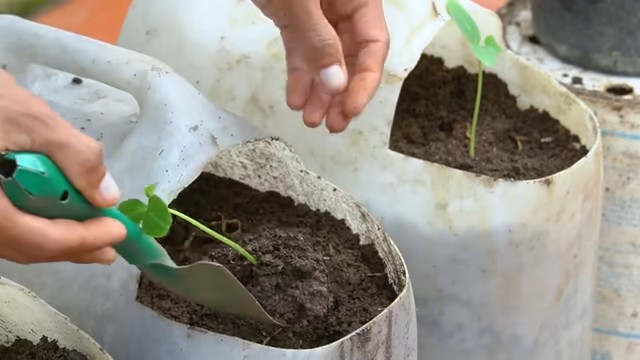
Conclusion
So, there you have it! Growing tomatoes indoors isn’t just a whimsical idea; it’s a genuinely achievable and rewarding experience. We’ve walked you through the essential steps, from selecting the right varieties and providing optimal lighting to ensuring proper pollination and nutrient management. But why should you dedicate your time and effort to this endeavor?
The answer is multifaceted. Firstly, imagine the sheer delight of plucking ripe, juicy tomatoes from your own indoor garden, even when the weather outside is frightful. No more bland, store-bought tomatoes lacking in flavor and character. You’ll have access to fresh, flavorful produce year-round, adding a burst of sunshine to your meals, regardless of the season.
Secondly, growing tomatoes indoors offers a level of control and customization that outdoor gardening simply can’t match. You dictate the environment, ensuring optimal conditions for your plants to thrive. You can experiment with different varieties, soil mixes, and nutrient solutions to discover what works best for your specific setup and preferences. This hands-on approach allows you to truly connect with the growing process and develop a deeper appreciation for the miracle of nature.
Thirdly, and perhaps most importantly, mastering the art of growing tomatoes indoors is incredibly satisfying. It’s a testament to your resourcefulness, patience, and dedication. The sense of accomplishment you’ll feel when you harvest your first batch of homegrown tomatoes is unparalleled. It’s a tangible reward for your efforts, a reminder that you can create something beautiful and nourishing with your own two hands.
But don’t stop there! Once you’ve mastered the basics, feel free to explore different variations and techniques. Try experimenting with hydroponics for even faster growth and higher yields. Consider adding companion plants like basil or marigolds to your indoor garden to deter pests and enhance the flavor of your tomatoes. You could even try grafting different tomato varieties onto a single plant to create a unique and visually stunning display.
Remember, the key to success is to be patient, observant, and willing to learn from your mistakes. Don’t be afraid to experiment and adapt your approach as needed. And most importantly, don’t forget to enjoy the process! Growing tomatoes indoors is a journey, not just a destination.
We wholeheartedly encourage you to give this DIY trick a try. It’s a fantastic way to bring a touch of nature into your home, enjoy fresh, flavorful tomatoes year-round, and experience the satisfaction of growing your own food. Once you’ve embarked on this adventure, we’d love to hear about your experiences. Share your tips, tricks, and triumphs with us in the comments below. Let’s create a community of indoor tomato growers and inspire others to embrace the joy of homegrown produce! Let us know what kind of **grow tomatoes indoors** setup you have!
Frequently Asked Questions (FAQ)
What are the best tomato varieties to grow indoors?
Choosing the right tomato variety is crucial for indoor success. Determinate or bush varieties are generally preferred because they are more compact and don’t require as much space as indeterminate or vining varieties. Some excellent choices for indoor growing include:
* **Patio Tomato:** A classic determinate variety that produces small, flavorful tomatoes perfect for snacking.
* **Tiny Tim:** An ultra-compact variety that can even be grown in small pots on a windowsill.
* **Roma:** A determinate variety known for its meaty texture and excellent flavor, ideal for sauces and canning.
* **Tumbling Tom:** A trailing variety that’s perfect for hanging baskets, producing an abundance of cherry tomatoes.
* **Better Bush:** A compact version of the popular Better Boy tomato, offering a good balance of size and flavor.
Consider the size of your growing space and the type of tomatoes you prefer when making your selection.
How much light do indoor tomatoes need?
Tomatoes are sun-loving plants and require at least 6-8 hours of direct sunlight per day to thrive. If you don’t have a sunny south-facing window, you’ll need to supplement with artificial lighting. LED grow lights are an excellent option, as they are energy-efficient and provide the full spectrum of light that tomatoes need. Position the lights close to the plants (about 6-12 inches) and adjust the height as they grow. A timer can be used to ensure consistent light exposure.
How do I pollinate my indoor tomato plants?
Tomatoes are self-pollinating, but they often need a little help indoors, where there are no bees or wind to assist. You can manually pollinate your plants by gently shaking the stems or using a small brush to transfer pollen from one flower to another. Do this every day or two when the flowers are open. Another option is to use a small fan to create a gentle breeze that will help distribute the pollen.
What kind of soil should I use for indoor tomatoes?
Use a well-draining potting mix specifically formulated for vegetables. Avoid using garden soil, as it can be too heavy and may contain pests or diseases. A good potting mix will provide adequate drainage and aeration, which are essential for healthy root growth. You can also amend the potting mix with compost or other organic matter to improve its fertility.
How often should I water my indoor tomato plants?
Water your tomato plants regularly, keeping the soil consistently moist but not waterlogged. Check the soil moisture by sticking your finger about an inch deep. If the soil feels dry, it’s time to water. Water deeply, allowing the excess water to drain out of the bottom of the pot. Avoid watering the foliage, as this can promote fungal diseases.
What kind of fertilizer should I use for indoor tomatoes?
Tomatoes are heavy feeders and require regular fertilization to produce abundant fruit. Use a balanced fertilizer specifically formulated for tomatoes, following the instructions on the label. Start fertilizing when the plants begin to flower and continue throughout the growing season. You can also supplement with compost tea or other organic fertilizers.
How do I deal with pests and diseases on my indoor tomato plants?
Inspect your plants regularly for signs of pests or diseases. Common pests that can affect indoor tomatoes include aphids, whiteflies, and spider mites. You can control these pests with insecticidal soap or neem oil. Fungal diseases, such as powdery mildew and blight, can also be a problem. Prevent these diseases by providing good air circulation and avoiding overwatering. If you notice any signs of disease, remove the affected leaves and treat the plant with a fungicide.
How long does it take to grow tomatoes indoors?
The time it takes to grow tomatoes indoors depends on the variety, growing conditions, and your level of experience. Generally, you can expect to harvest your first tomatoes about 60-80 days after transplanting the seedlings. Be patient and provide your plants with the care they need, and you’ll be rewarded with a bountiful harvest.
Can I grow tomatoes indoors year-round?
Yes, you can grow tomatoes indoors year-round, provided you have adequate lighting and maintain the proper growing conditions. With a little planning and effort, you can enjoy fresh, homegrown tomatoes even in the dead of winter.
What are some common problems when growing tomatoes indoors and how can I fix them?
Some common problems include blossom end rot (caused by calcium deficiency), leggy growth (caused by insufficient light), and poor fruit set (caused by inadequate pollination). Blossom end rot can be prevented by adding calcium to the soil. Leggy growth can be corrected by providing more light. Poor fruit set can be addressed by manually pollinating the flowers.


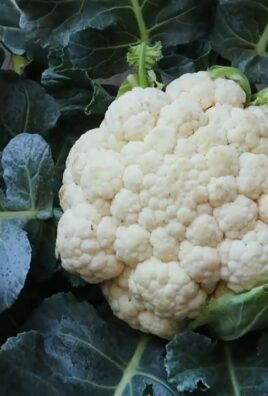
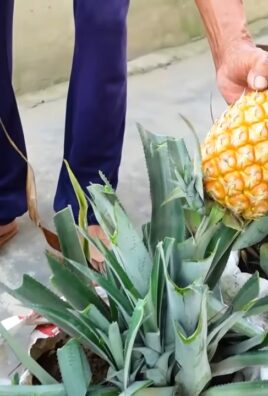
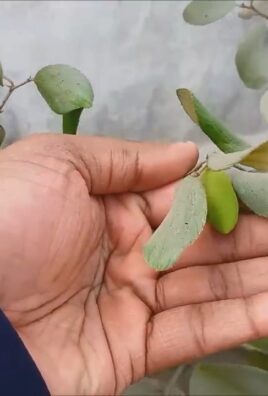
Leave a Comment